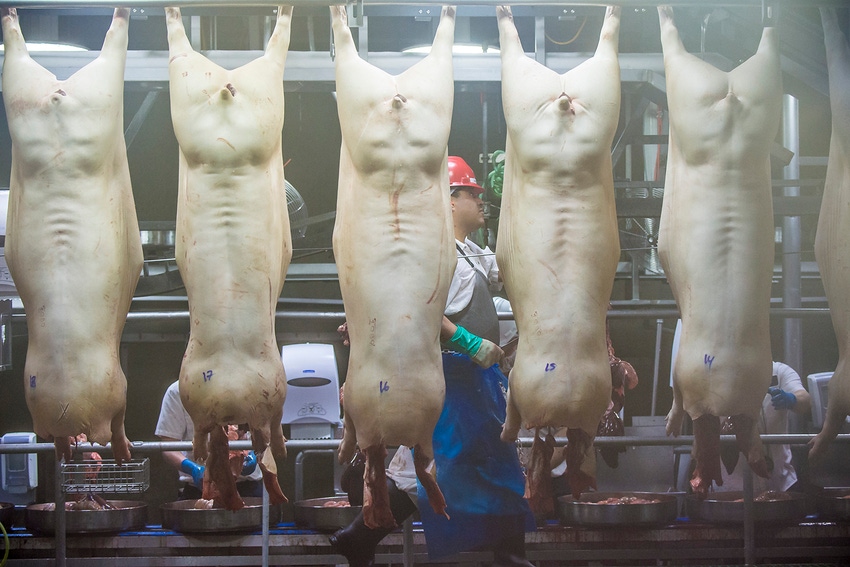NAFV backs USDA's New Swine Inspection Service
The National Association of Federal Veterinarians say NSIS is a major step forward in improving the U.S. slaughter inspection systems to provide safe food to the public.
July 2, 2019

Last week the National Association of Federal Veterinarians announced its support for USDA's recently proposed New Swine Inspection Service, which aims to improve the inspection process by shifting FSIS employees' responsibilities to focus on inspection duties more directly related to food safety and animal welfare. Following concern raised from The Washington Post, members of Congress and thirty-five other organizations about the proposed modernization of the food safety and inspection process, NAFV says they needed to provide a scientific perspective to the issue.
NAFV’s members constitute the nation’s largest block of scientific and technical expertise in the area of food safety and slaughter inspection and have determined the new system will enable a more scientific basis for ensuring food safety for the public.
On January 19, 2018 FSIS announced its continued effort to modernize inspection systems through science-based approaches to food safety. USDA has proposed to amend the federal meat inspection regulations to establish a new inspection system for market hog slaughter establishments called NSIS, while also requiring additional pathogen sampling for all swine slaughter establishments.
The NSIS places more emphasis on the critical control points for contamination and uses microbiological testing in addition to visual inspection to ensure slaughter processes are producing safe foods. The new system does not relinquish any “power” to slaughter plants, FSIS will have all the same authorities to enforce food safety standards as before. The NSIS is a major step forward in improving the slaughter inspection systems of the U.S. to provide safe food to the public. Increased line speeds and the impact on plant employees will be monitored by the Department of Labor’s Occupational Safety and Health Administration which has that jurisdiction. Line speed are set and adjusted for optimal efficient food safety inspection and worker safety precautions. FSIS sets the cap based on industry standards and outcome of inspections
On April 8, 2019, FSIS released a response to the article, condemning it for false reporting. Specifically, FSIS clarified that only federal inspectors perform meat inspections and will continue to conduct 100% ante-mortem inspections and 100% carcass-by-carcass inspection at post-mortem. The agency will make staff determinations on a case-by-case basis and will not be decreasing inspectors by 40%. Under the proposal, establishment employees sort market hogs before FSIS inspection, which is consistent with current policy for establishments under traditional inspection.
The NAFV, founded in 1918, is recognized by the USDA as the representative organization for federally employed veterinarians and as an association of managers and supervisors. NAFV veterinarians practice preventive veterinary medicine on a broad scale, dealing with animal health, public health and food safety issues with regional, national and international importance. These broad responsibilities have profound effects on many aspects of American’s health, agriculture and animal health.
Source: National Association of Federal Veterinarians, which is solely responsible for the information provided, and wholly owns the information. Informa Business Media and all its subsidiaries are not responsible for any of the content contained in this information asset.
You May Also Like



